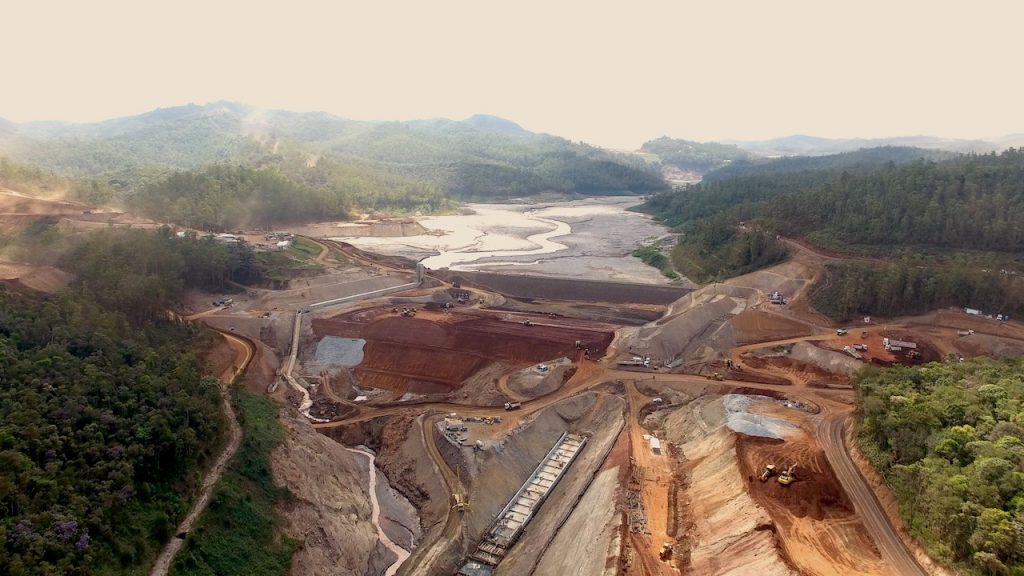Interview — Eduardo Ruiz, Amphos2: “The trend is to design tailing facilities that have less water”

GBR: To what extent is water management at the core of mining operations, especially in terms of tailings?
Ruiz: The relevance of tailings facilities in the overall site-wide water balance is crucial. It is well-known that water is a destabilizing element for this, so the trend is to design and operate facilities that have a lower amount of water. Of course, new technologies may be applied in new projects, but there are also a lot of conventional mines where we need to understand risks and long-term conditions. Standards are definitely improving with more automatization, control and monitoring, so this is a segment where we are going to see a lot of work in the future.
GBR: Could you describe some of the projects you are working on?
Ruiz: We cover the full water cycle, including engineering and implementation of our solutions, and we apply all that at the early stages of engineering, during operations and when we do process optimization or in the valorization of environmental liabilities and closure activities.
To mention a challenging project, we are working on the reprocessing of tailings in Minsur’s B2 project. This is a very interesting case from the point of view of waste management and liability recovery. We are also doing several research projects for Buenaventura Group on mine closure of different components. Support on mine dewatering for Antamina is another example of essential operational activities where we are involved.
GBR: How did the covid-19 pandemic affect Amphos21’s operations?
Ruiz: Amphos21 is a highly diversified company, and while we had a certain reduction of activity, we recovered quite rapidly and had reasonable results in 2020, considering that 2019 was a record year for Amphos21 globally. The market has recovered, driven by good metal prices.
In general terms, covid-19 is going to accelerate the process of digital transformation. We need to see how new technologies like the internet of things, machine learning and artificial intelligence can be linked to the day-by-day tools and instruments used in water management. Achieving this will require strong capital investment by miners but at the end of the day, it will allow for more efficient and safer operations. Only the bigger miners will be able to invest heavily on this in the near-term – it will take longer for medium-sized mines.
GBR: What are your goals for the medium term?
Ruiz: Amphos21 has always been a very innovative company, so we want to be pioneers implementing new technologies based on digital and make sure that our team exploits its full potential. We have experts across the whole water cycle, and what we need to do now is to adapt those new technologies and process the vast amount of data generated by the operations to improve our solutions and make our work more efficient. For this, we have a strong R&D arm that works together with academia and technical centers.
I think 2021 will be a good year for the mining industry in general, and in Peru mining will be a key driver of economic recovery. What we are doing in this difficult moment is to focus on our people, to make sure we do not lose any of our talent, and to focus on our core clients as well. Globally, we have a very consolidated team: our Chile office has been appropriately recovering from the 2016 mining downturn, and our Barcelona office is well positioned serving other sectors as well. Had we not had the pandemic, I am sure 2020 would have been a record year again, so hopefully we’ll have a major rebound in 2021.
Related articles:
(This article first appeared in the Global Business Reports)




